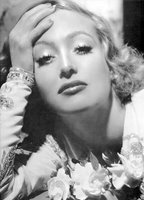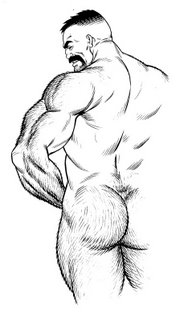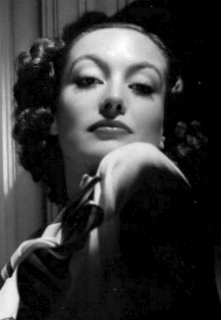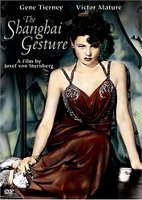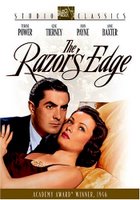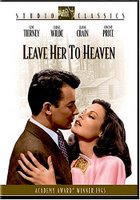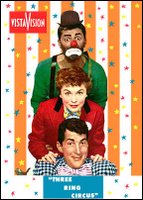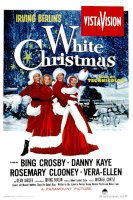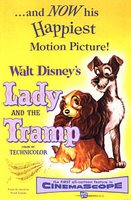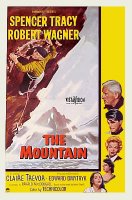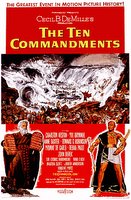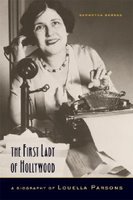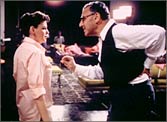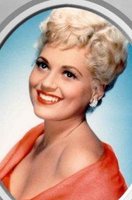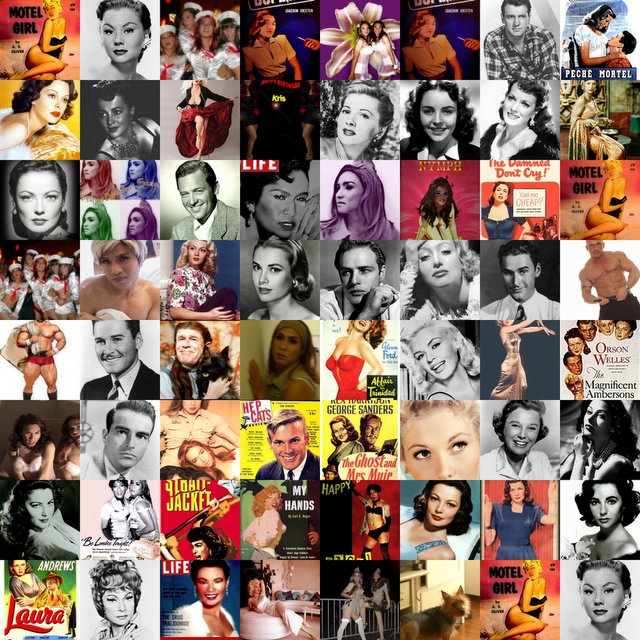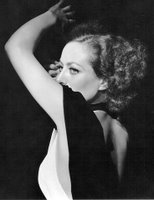
Did You know?? She's quite Nice..
- Joan quietly turned over a percentage of her income to pay for medical aid for the underprivileged, and for twelve years supported a four-bed ward, for the use of her co-workers, at Santa Monica Hospital.
- Her 1930 Christmas present from husband Douglas Fairbanks, Jr. was a portable dressing room, furnished by stepmother-in-law Mary Pickford.
- Joan was a jogger years before the word was invented. It was her habit, on the way to work in the morning, to stop her limousine, step out, and run for a mile or so with her chauffeur following at a discreet distance.
- In the early 1930s, tired of playing fun-loving flappers and longing for more dramatic roles, Joan wanted to change her image. Thin lips would not do for her, she wanted big lips. Big, full and ripe. Ignoring Crawford's natural lip contours, Max Factor ran a smear of colour across her upper and lower lips; it was just what she wanted. To Max, the Crawford look, which became her trademark, was always 'the smear'. To the public, it became known as 'Hunter's Bow Lips'. Crawford is often credited as helping to rout America's prejudice against lipstick.
- For Joan, her fans' adulation was the nectar of life and a sacred responsibility. Every piece of fan mail sent to her was answered, whether by herself (She even wore a special outfit to tend to the chore.) or by her hirelings.
- In 1928, when her determination and guts finally made her a star in "Our Dancing Daughters," Joan answered each fan letter personally, stamped the envelopes, and took them to the post office herself.
- Joan knew the birthday of every member of her crew and even their wives and children. At the end of her pictures, Crawford gave the entire production team gifts fashioned of sterling silver, with their own individual inscription.


